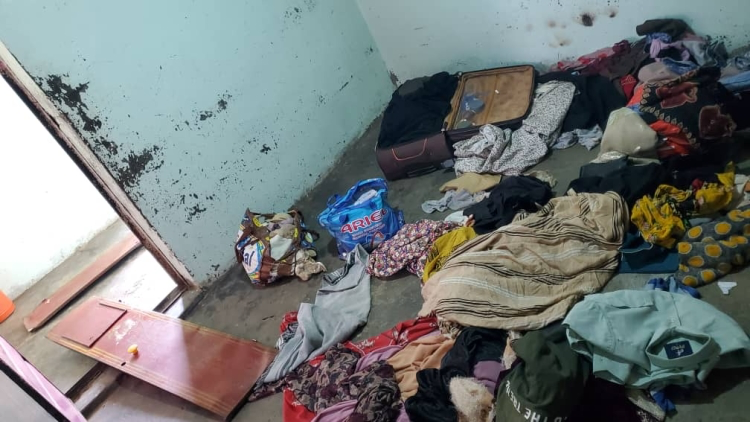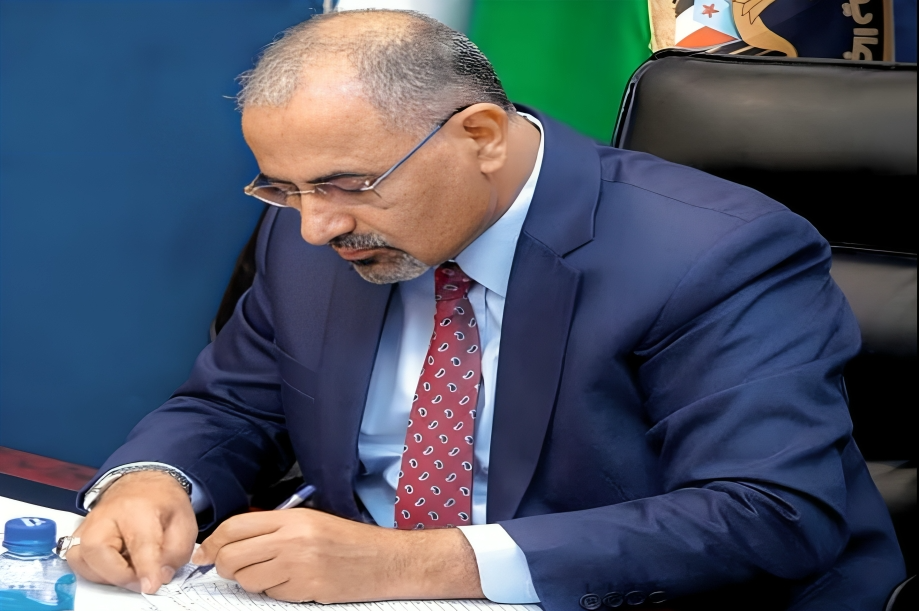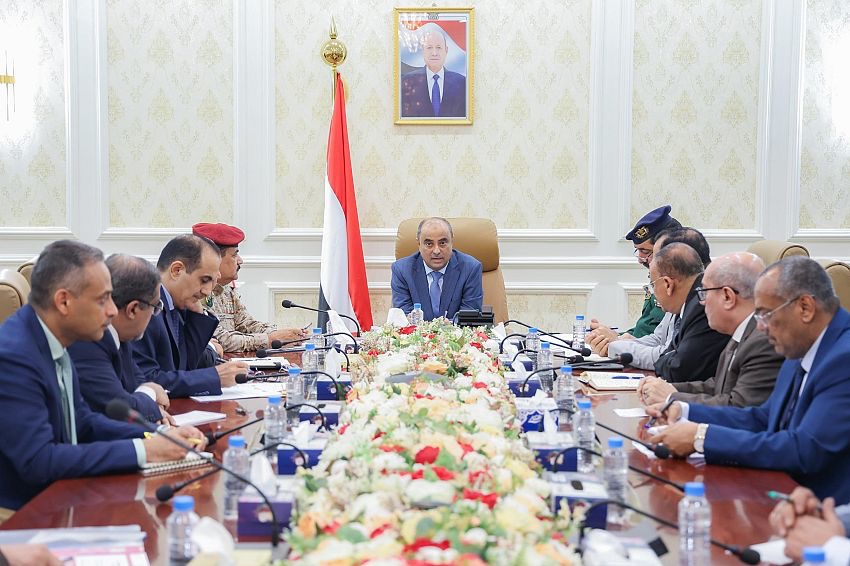
Barran Press
The Saudi-funded Masam Project for landmine clearance in Yemen has uncovered a new minefield in the al-Suwaiydiyah area of Al Khokha district, Hodeidah governorate, where Iran-backed Houthis had allegedly planted mines indiscriminately in agricultural lands.
According to a statement reviewed by Barran Press, Masam's Team 26 discovered an anti-tank mine hidden among farmland. The discovery followed a series of deadly incidents in the region, including a recent explosion that killed a child and seriously injured his father.
Team leader Sami Humaid said the detection process is becoming increasingly difficult due to the chaotic placement of mines, sometimes spaced up to 300 meters apart, further complicating clearance operations over a vast area.
Al-Suwaiydiyah is among the worst-hit areas in Al Khokha, with mine contamination turning once-productive farmland into a daily danger zone for civilians. Despite Masam’s previous success in clearing large areas, the continued discoveries underscore the scale of the humanitarian crisis caused by the Iran-backed Houthis’ extensive use of landmines.
The United Nations Mission to Support the Hodeidah Agreement (UNMHA) reported that three civilians were killed and three more injured—including two children and a woman—in landmine and unexploded ordnance incidents across Hodeidah in February 2025. The mission noted a rise in casualties compared to January, citing ongoing risks to civilians.
UN reports estimate that the Iran-backed Houthis have planted over two million landmines across Yemen, causing more than 20,000 civilian casualties, many of them women and children. Human rights organizations have repeatedly urged the group to hand over maps of mined areas to facilitate demining efforts and prevent further tragedies.





